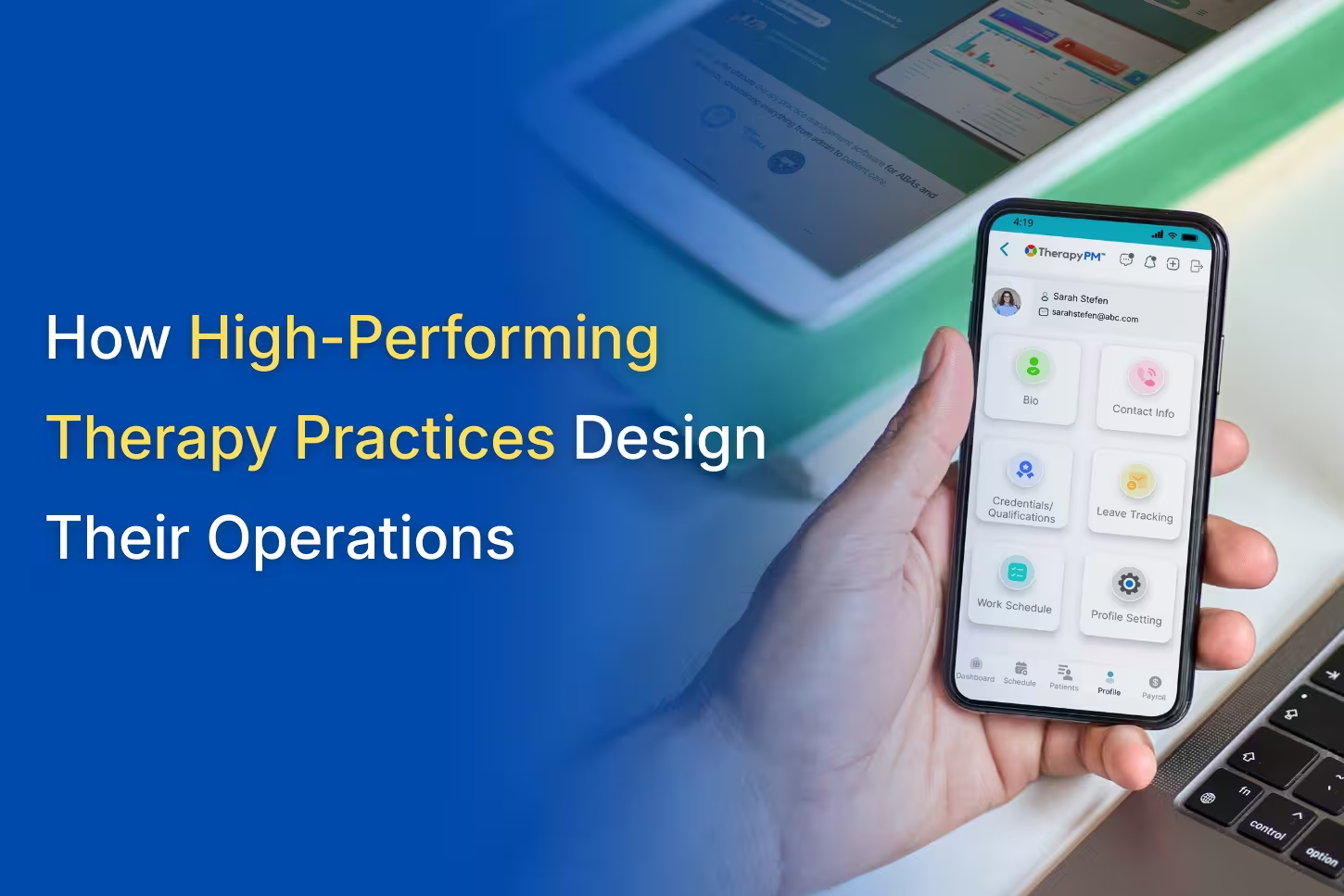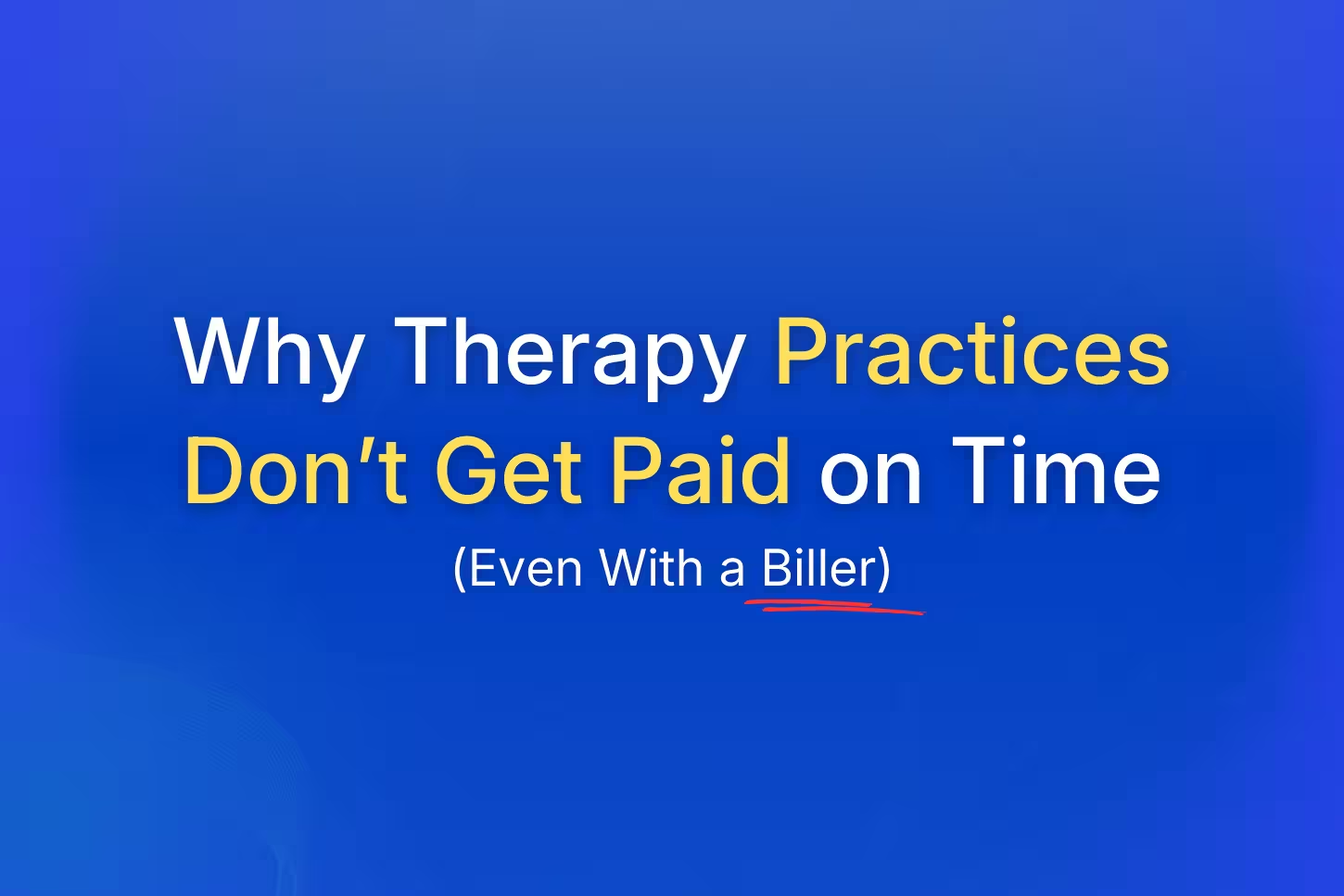
Elevating Pediatric Therapy Practice with TherapyPM
Facing difficulties to Retain Clients in Pediatric Therapy?
Discover the Top Patient Engagement and Compliance Strategies here
Overview
Being a pediatric therapy service provider, you sure would have witnessed the transformative impact your work can have on the lives of young patients. However, amidst the pursuit of helping children overcome developmental hurdles, two persistent challenges often loom large: patient engagement and compliance.
Pediatric patients and their families may struggle to fully understand the purpose and benefits of therapy, leading to hesitation or resistance to engage in treatment activities. Additionally, fear or anxiety about therapy procedures or outcomes can further impede patient engagement and compliance. These sure would have baffled you or left you wondering how to scale up the service, wouldn’t they?
Don’t worry! It is quite common for pediatric therapists to encounter this issue. This blog will provide you with engagement and compliance strategies that you can readily implement to succeed in your practice.
Understanding Patient Engagement
In pediatric therapy, patient engagement refers to the active involvement of young patients and their families in the therapeutic process. It encompasses various activities such as active participation in therapy sessions, involvement in goal setting, and collaboration with therapists and caregivers to address the child’s needs.
In pediatric therapy, patient engagement plays a vital role due to the following reasons:
- Facilitates developmental progress: Active engagement enhances progress in achieving developmental milestones.
- Supports family involvement: Engaging caregivers fosters a supportive network reinforcing therapeutic goals.
- Enhances treatment outcomes: Active participation leads to better adherence and improved functional abilities.
- Promotes lifelong health habits: Involving children instills healthy habits for long-term well-being.
- Strengthens therapeutic rapport: Collaborative engagement builds trust and enhances therapy effectiveness.
Strategies for Enhancing Patient Engagement
Practitioners can follow the pediatric therapy management tips given below to improve engagement across sessions:
Incorporate Play-Based Activities
Utilize play as a therapeutic tool to engage pediatric patients in enjoyable and meaningful activities tailored to their developmental level. Integrating games, toys, and interactive exercises not only makes therapy sessions more enjoyable but also encourages active participation and skill development.
Establish Clear Communication
Foster open and transparent communication with both pediatric patients and their families. Clearly communicate therapy goals, progress updates, and expectations ensuring everyone is on the same page. Encourage feedback and questions, allowing patients and caregivers to voice their concerns and actively participate in the decision-making process.
Individualize Treatment Plans
Customize therapy interventions to meet the unique needs and interests of each pediatric patient. Take into account their developmental level, preferences, and strengths when designing activities and setting goals. By tailoring treatment plans to the individual child, you can increase their motivation and engagement in therapy.
Utilize Positive Reinforcement
Acknowledge and celebrate small achievements and milestones throughout the therapy process. Positive reinforcement, such as praise, rewards, or stickers, can motivate pediatric patients to continue participating actively and strive for progress.
Involve Families in Therapy
Encourage active involvement from caregivers and family members in therapy sessions and home-based activities. Provide education and training to parents on how they can support their child’s progress outside of therapy sessions, fostering a collaborative approach to treatment.
Integrate Technology
Leverage technology to enhance patient engagement in pediatric therapy. Incorporate interactive apps, games, or virtual reality experiences into therapy sessions to make them more engaging and interactive for young patients. Additionally, use teletherapy platforms to extend access to therapy services and provide ongoing support remotely.
Ensuring Compliance in Pediatric Therapy
Compliance in pediatric therapy refers to the adherence of patients and caregivers to prescribed treatment plans, including attendance at therapy sessions and completion of recommended activities.
The following pediatric therapy compliance guidelines can be followed by therapists to improve the effectiveness of sessions:
- Encourage consistent attendance at therapy sessions as scheduled to ensure continuity of care and optimal progress.
- Provide detailed instructions for home exercises and activities. Emphasize the importance of daily practice to reinforce therapy goals.
- Educate caregivers on the importance of adhering to medication schedules and dosage instructions.
- Schedule regular follow-up appointments to monitor progress. Adjust treatment plans as needed, and address any concerns or challenges.
- Keep accurate records of patient attendance, progress notes, and modifications to treatment plans. This ensures continuity of care and compliance with regulatory requirements.
Leveraging Technology for Improved Engagement and Compliance
Incorporating modern technology into pediatric therapy practices can significantly enhance patient engagement and compliance. With the use of innovative therapy practice management software, therapists can streamline administrative tasks, such as scheduling appointments and managing patient records, allowing more time to focus on delivering quality care.
Interactive features, such as teletherapy options and mobile apps, make therapy sessions more accessible and convenient for patients and their families. This promotes greater participation and adherence to treatment plans. Additionally, automated reminders and progress tracking tools help to reinforce therapy goals and keep patients motivated throughout their treatment journey.
By harnessing the power of technology, pediatric therapy practices can effectively improve engagement and compliance, ultimately leading to better outcomes for young patients.
Take your pediatric therapy practice to the next level with TherapyPM – the ultimate solution for streamlining your operations and enhancing patient engagement and compliance. From seamless client communication through our client portals to delivering therapy right to the client’s home using our telehealth feature, we’ve got you covered.
Document session notes, create unified records, and seamlessly run your practice with TherapyPM. Upgrade today and experience the difference in your practice efficiency and patient satisfaction!
Overcoming Barriers to Engagement and Compliance
In conclusion, fostering patient engagement and compliance is vital for the success and sustainability of pediatric therapy practices. By implementing the strategies outlined in this comprehensive guide, practitioners can effectively navigate the complexities of patient involvement and adherence to treatment plans.
Ultimately, prioritizing engagement and compliance not only enhances the quality of care provided but also contributes to the retention of clients, ensuring continued progress and positive outcomes for young patients.
Popular Posts

How High-Performing Therapy Practices Design Their Operations
How High-Performing Therapy Practices Design Their Operations If you look at two therapy practices side by side, one that is struggling and one that is

Why Therapy Practices Don’t Get Paid on Time Even With a Biller
Why Therapy Practices Don’t Get Paid on Time Even With a Biller There is a dangerous misconception common among practice owners: the belief that hitting



